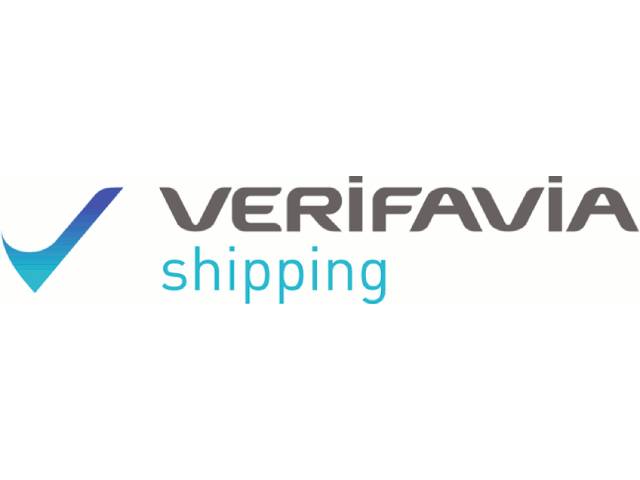Verifavia, the leading independent emissions verification company for the transport sector (aviation and shipping), insists that accurate calculation of the International Maritime Organization’s (IMO) new Energy Efficiency Existing Ship Index (EEXI) relies on inputting the correct data. Following a series of webinars designed to demystify EEXI, the company highlighted a common theme: the industry is unclear about the technical parameters required to meet compliance.
As agreed at MEPC 76, the EEXI must be calculated for ships of 400 gt and above, in accordance with the different values set for ship types and size categories. The first stage requires shipping companies to collect and submit technical documents required for preparation of the EEXI technical file. To initiate the process, documents such as the capacity plan, sea and shop trial report (for main and auxiliary engines), NOx technical file, certificate of registry, IAPP supplement certificate, EEDI technical file and IECC must be examined. If suitable data cannot be obtained from these documents, various techniques may be used to bridge the gap such as statistical (conservative) estimates, Computational Fluid Dynamics (CFD) simulations or, if necessary, sea trials.
By inputting correct and accurate data into a formula, the attained EEXI is calculated and compared with the required EEXI. Any ship that does not comply must make the necessary modifications to improve energy efficiency or face market barriers. From January 2023, there will be a mandatory certification survey undertaken by the relevant class society, which will then provide an updated International Energy Efficiency Certificate (IEEC). Without this, the vessel will not be EEXI compliant and eventually can lose its licence to operate.
With the long-term financial implications and negotiation process with charterers front of mind, some forward-thinking shipping companies are starting the process now. Understanding which vessels will comply and which will need an Engine Power Limitation plan or design changes at a later stage ensures that any modifications can be made at a time that suits the vessel’s schedule. However, making an accurate calculation and reliable recommendations for any necessary technical adjustments relies upon assessing the correct information at the outset.
Verifavia Shipping is an EEXI expert and will continue to run free webinars which explain the process and requirements for both EEXI and CII regulations. Adding to its EU MRV, IMO DCS, and IHM services, Verifavia remains committed to independently supporting the industry through complex environmental regulations to enable efficient compliance.









































